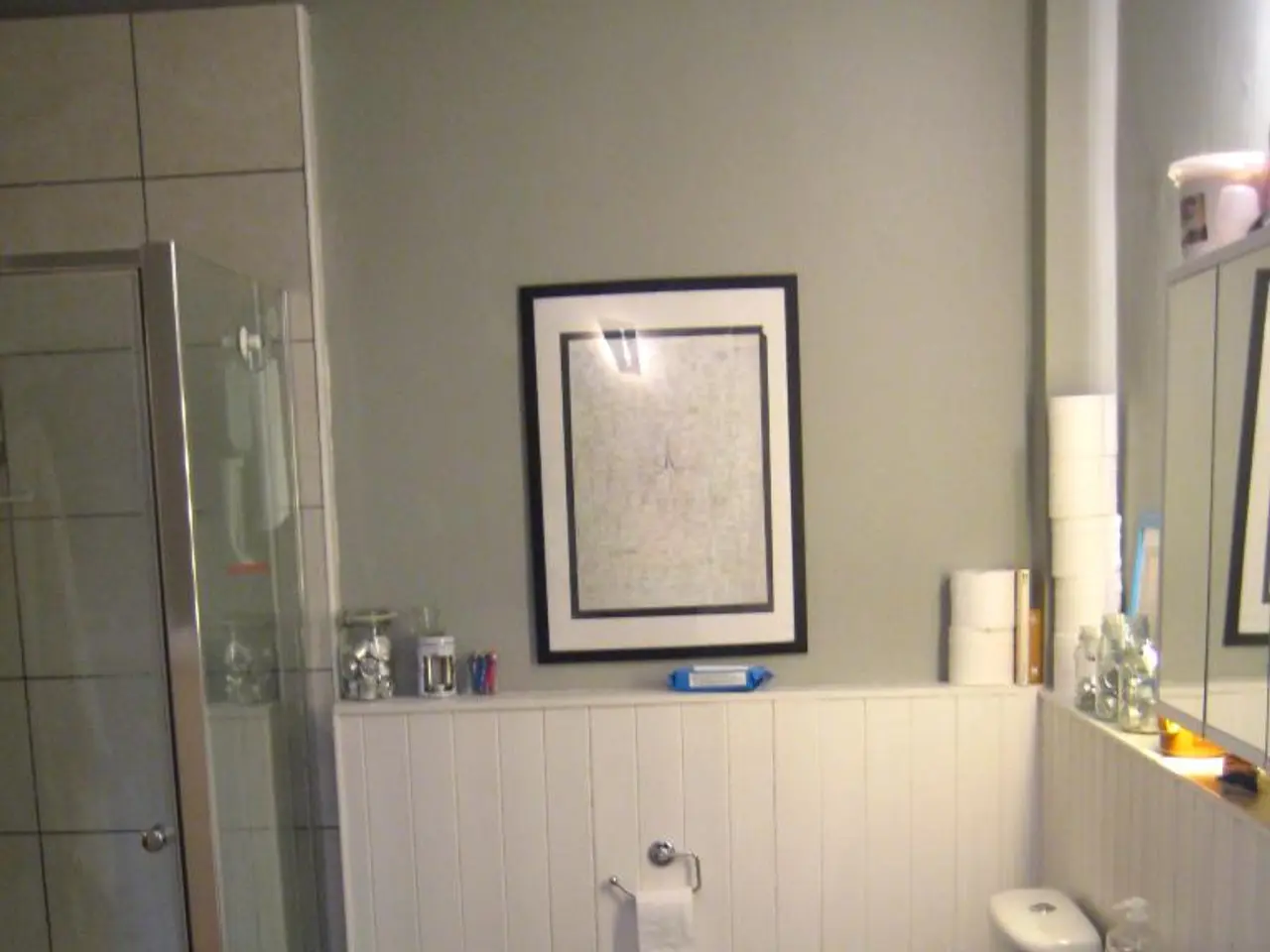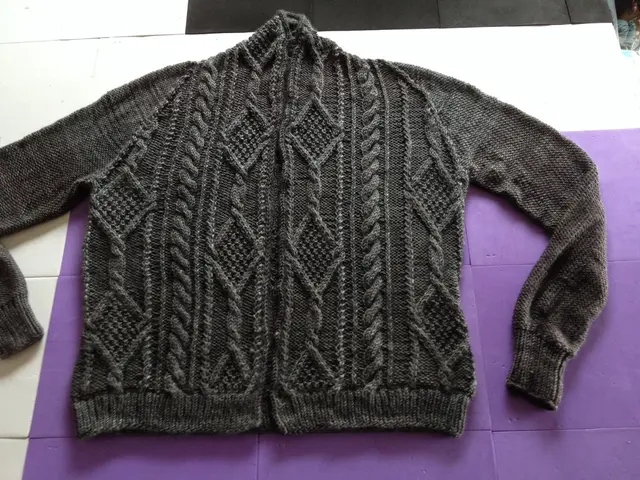Home decor experts weigh in on the superiority of wet rooms versus walk-in showers for residential bathroom spaces.
When it comes to bathroom renovations, two popular choices for creating a modern, stylish space are wet rooms and walk-in showers. Each option offers distinct advantages and disadvantages regarding design, installation, cost, maintenance, and suitability for various lifestyles and bathroom layouts.
Design
Wet rooms, an open-plan bathroom with ground-level drainage and no doors, provide a sleek, minimalist look with waterproofing across the entire room (Sally Bettison, Design Manager at Tissino). On the other hand, walk-in showers are partially enclosed with a small curb or threshold, featuring shower screens or partial enclosures to separate wet and dry zones, and can be customized with benches, multiple heads, and flexible layouts (Louise Ashdown, head of design at West One Bathrooms).
Installation
Wet room installation is complex due to the need for comprehensive waterproofing ("tanking") of floors and walls, precise drainage installation, and slip-resistant flooring. This process requires experienced professionals (Sally Bettison, Design Manager at Tissino). In contrast, walk-in showers have a simpler installation process, with materials and labor being easier to budget.
Cost
Wet rooms tend to have a higher upfront cost due to waterproofing complexity and professional expertise needed. Additional expenses may include handling drainage and floor leveling. Walk-in showers, however, offer a lower initial investment and installation costs compared to wet rooms.
Maintenance
Wet rooms require attention to seal integrity to avoid water damage and continuous waterproofing maintenance. Regular cleaning of the drainage is also necessary to prevent blockages. Despite these requirements, wet rooms are generally easier to clean due to their lack of trays or screens. Walk-in showers, on the other hand, are easier to clean and maintain as water containment reduces splash-outs, and simpler repairs are possible.
Suitability for Lifestyles and Layouts
Wet rooms are best suited for open-plan layouts or when maximizing space is critical. They are also ideal for those favoring a modern, minimalist aesthetic. However, they may not be the best choice for those needing safety barriers or dry space retention.
Walk-in showers, on the other hand, are suitable for varied bathroom sizes and better for users wanting some shower enclosure and dry areas in the bathroom. They often provide a more accessible option, especially with a low threshold, but may challenge wheelchair users unless it's a roll-in shower (threshold-free).
In summary, wet rooms offer a seamless, open aesthetic with higher installation complexity and cost but can transform space when expertly executed. Walk-in showers provide a cost-effective, adaptable, and easier-to-maintain solution, balancing accessibility and conventional bathroom zoning. The best choice depends on your bathroom size, budget, maintenance preferences, and mobility or lifestyle needs.
For those who love the idea of creating a large shower with plenty of room to move about, wet rooms are a better option. Conversely, a walk-in shower may work better for small bathrooms or those with families who prefer to have the option of a bath as well (Shamila Iqbal, co-founder and director at Bathroom Mountain).
Moreover, wet rooms can be a better long-term investment due to their accessibility features like seating or space for a wheelchair (Nancy Emery, bathroom design expert at Drench). Both wet rooms and walk-in showers are two options for creating a stylish, modern bathroom space.
- A home-and-garden guide might suggest wet rooms for those who wish to create a large shower with ample space, as they provide an open aesthetic.
- If you're planning a bathroom renovation and your bathroom is small, a walk-in shower may be more suitable, as it offers a more adaptable solution for varied sizes.
- The design of a wet room, an open-plan bathroom with ground-level drainage and no doors, offers a sleek, minimalist look with waterproofing across the entire room.
- Bathrooms with a modern, minimalist lifestyle need may benefit from a loft space conversion to accommodate a wet room, increasing usable space for this design choice.
- When remodeling your home, consider the costs associated with each option, as wet rooms tend to have a higher upfront cost due to complex waterproofing needs.
- In line with current trends in home-and-garden design, both wet rooms and walk-in showers can contribute to creating a stylish, modern bathroom space.
- For easy maintenance, walk-in showers are advantageous, as they are easier to clean and require less waterproofing maintenance compared to wet rooms.
- When designing your new bathroom, take into account any mobility or lifestyle needs, as wet rooms may be more accessible for individuals requiring seating or wheelchair space.








